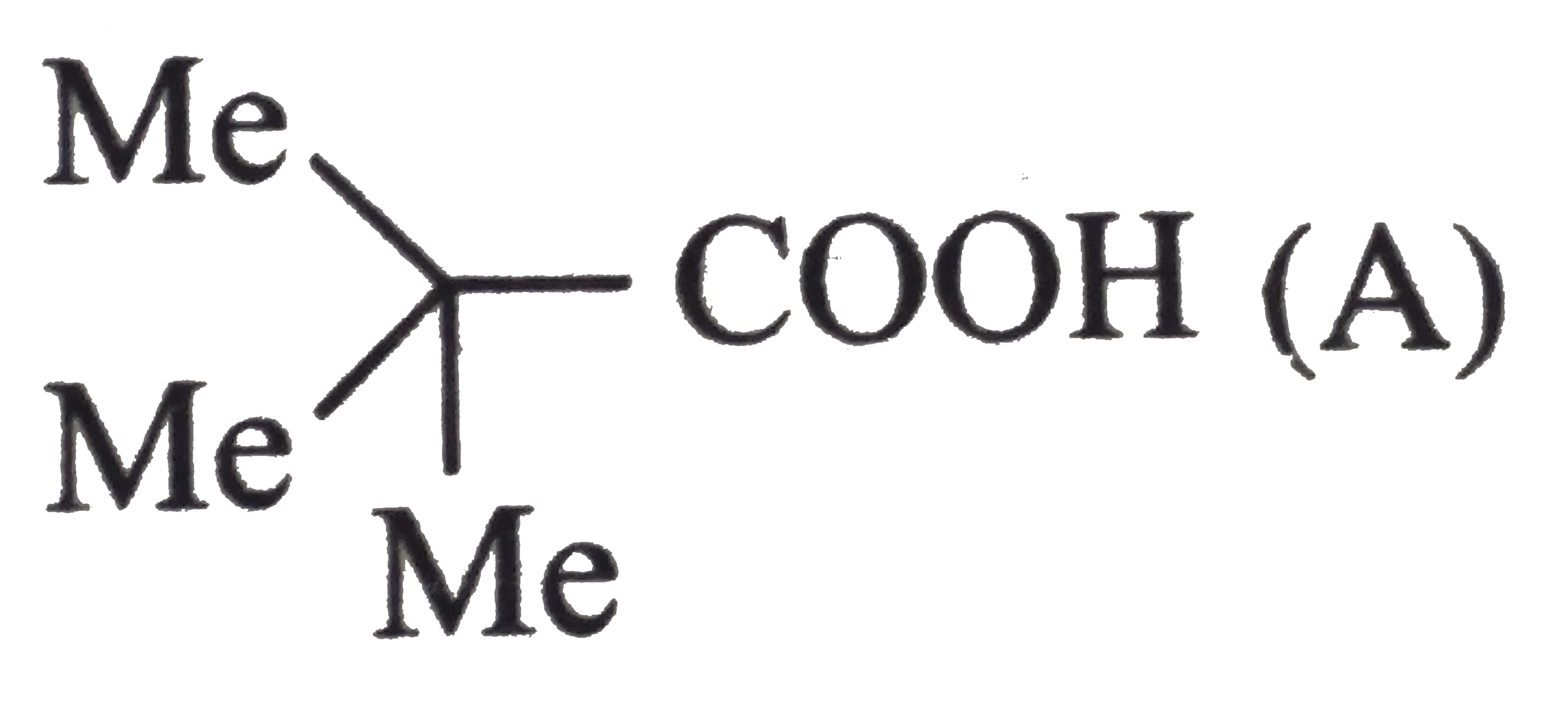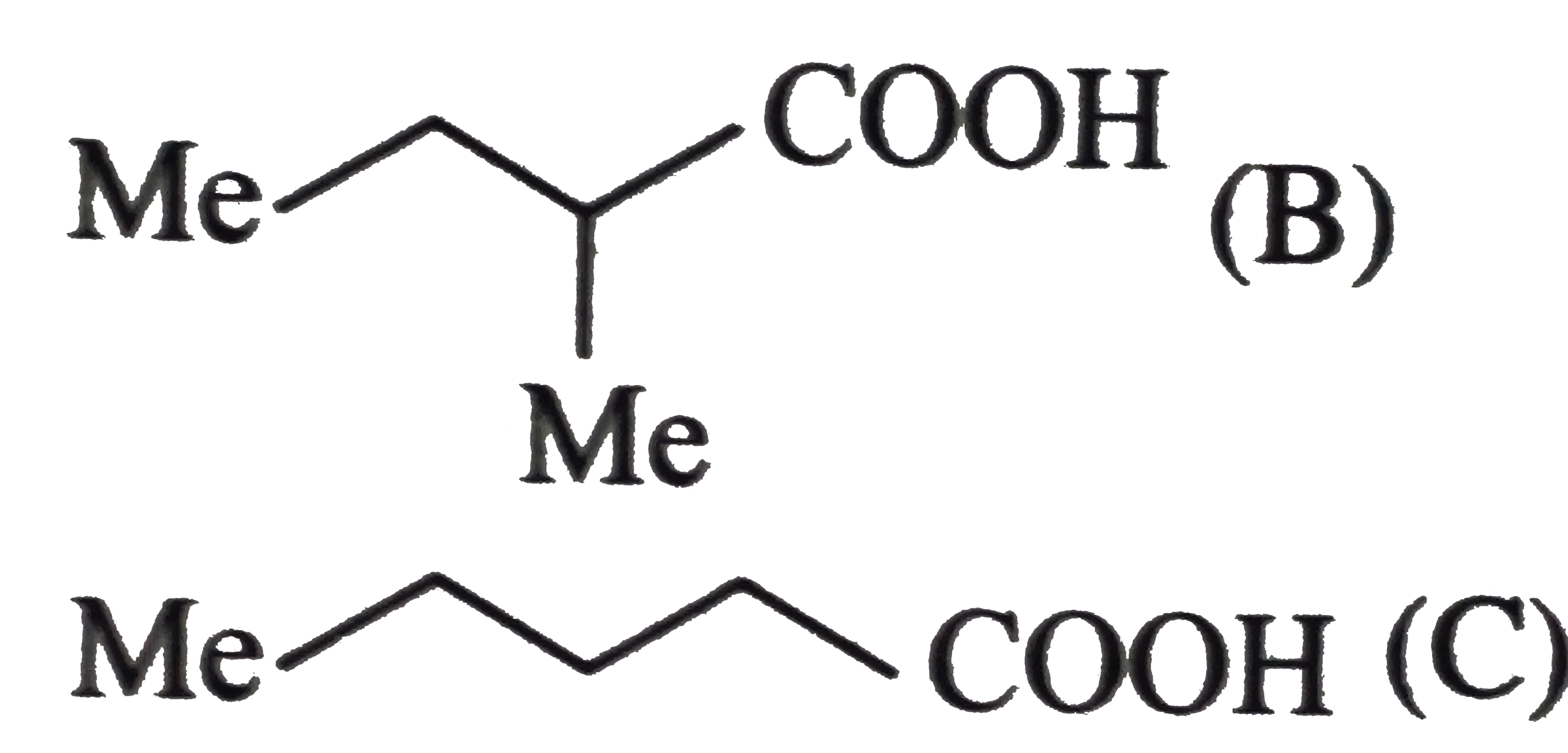Differentiate between the following:
Adrenal cortex and adrenal medulla.
Step-by-Step Solution:
1. Definition and Location:
- The Adrenal Cortex is the outer part of the adrenal gland, which is situated on top of each kidney.
- The Adrenal Medulla is the inner part of the adrenal gland.
2. Structure:
- The Adrenal Cortex is further divided into three zones:
- Zona Glomerulosa (outermost)
- Zona Fasciculata (middle)
- Zona Reticularis (innermost)
- The Adrenal Medulla does not have these subdivisions; it is a single structure.
3. Hormones Produced:
- The Adrenal Cortex produces hormones known as corticosteroids, including:
- Aldosterone (regulates sodium and potassium levels)
- Cortisol (involved in stress response and metabolism)
- Sex steroids (androgens and estrogens)
- The Adrenal Medulla produces catecholamines, primarily:
- Adrenaline (also known as epinephrine, involved in the fight-or-flight response)
- Noradrenaline (also known as norepinephrine, also involved in the fight-or-flight response)
4. Function:
- The primary function of the Adrenal Cortex is to regulate metabolism, immune response, and blood pressure through its hormones.
- The Adrenal Medulla's primary function is to respond to stress by releasing adrenaline and noradrenaline, which prepare the body for quick action.
5. Control Mechanism:
- The Adrenal Cortex is regulated by the pituitary gland through adrenocorticotropic hormone (ACTH).
- The Adrenal Medulla is controlled by the sympathetic nervous system, responding quickly to stress.
Summary Table:
| Feature | Adrenal Cortex | Adrenal Medulla |
|-----------------------------|----------------------------------------|-------------------------------------|
| Location | Outer part of adrenal gland | Inner part of adrenal gland |
| Structure | Divided into three zones | Single structure |
| Hormones Produced | Corticosteroids (Aldosterone, Cortisol, Sex steroids) | Catecholamines (Adrenaline, Noradrenaline) |
| Function | Metabolism, immune response, blood pressure regulation | Fight-or-flight response |
| Control Mechanism | Regulated by pituitary gland (ACTH) | Controlled by sympathetic nervous system |
- The Adrenal Cortex is the outer part of the adrenal gland, which is situated on top of each kidney.
- The Adrenal Medulla is the inner part of the adrenal gland.
- The Adrenal Cortex is further divided into three zones:
- Zona Glomerulosa (outermost)
- Zona Fasciculata (middle)
- Zona Reticularis (innermost)
- The Adrenal Medulla does not have these subdivisions; it is a single structure.
- The Adrenal Cortex produces hormones known as corticosteroids, including:
- Aldosterone (regulates sodium and potassium levels)
- Cortisol (involved in stress response and metabolism)
- Sex steroids (androgens and estrogens)
- The Adrenal Medulla produces catecholamines, primarily:
- Adrenaline (also known as epinephrine, involved in the fight-or-flight response)
- Noradrenaline (also known as norepinephrine, also involved in the fight-or-flight response)
- The primary function of the Adrenal Cortex is to regulate metabolism, immune response, and blood pressure through its hormones.
- The Adrenal Medulla's primary function is to respond to stress by releasing adrenaline and noradrenaline, which prepare the body for quick action.
- The Adrenal Cortex is regulated by the pituitary gland through adrenocorticotropic hormone (ACTH).
- The Adrenal Medulla is controlled by the sympathetic nervous system, responding quickly to stress.
|-----------------------------|----------------------------------------|-------------------------------------|
| Location | Outer part of adrenal gland | Inner part of adrenal gland |
| Structure | Divided into three zones | Single structure |
| Hormones Produced | Corticosteroids (Aldosterone, Cortisol, Sex steroids) | Catecholamines (Adrenaline, Noradrenaline) |
| Function | Metabolism, immune response, blood pressure regulation | Fight-or-flight response |
| Control Mechanism | Regulated by pituitary gland (ACTH) | Controlled by sympathetic nervous system |
Topper's Solved these Questions
- CO-ORDINATION THROUGH HORMONES : ENDROCRINCE SYSTEMBOOK - CENGAGE BIOLOGYCHAPTER - CO-ORDINATION THROUGH HORMONES : ENDROCRINCE SYSTEMEXERCISE - CONSOLIDATED EXERCISE
50 Videos
- CO-ORDINATION THROUGH HORMONES : ENDROCRINCE SYSTEMBOOK - CENGAGE BIOLOGYCHAPTER - CO-ORDINATION THROUGH HORMONES : ENDROCRINCE SYSTEMEXERCISE - OLYMPIAD AND NTSE LEVEL EXERCISES
10 Videos
- CHROMOSOMAL THEORY OF INHERITANCE AND GENETIC DISORDERSBOOK - CENGAGE BIOLOGYCHAPTER - CHROMOSOMAL THEORY OF INHERITANCE AND GENETIC DISORDERSEXERCISE - MANDATORY CHALLENGING EXERCISE
3 Videos
- ENVIRONMENTAL ISSUESBOOK - CENGAGE BIOLOGYCHAPTER - ENVIRONMENTAL ISSUESEXERCISE - CHALLENGING EXERCISE
3 Videos
Similar Questions
Knowledge Check
Adrenal cortex produces
AAdrenalineBEpinephrineCAndrosteroneDCalcitonin.
Differentiate between the following :
Amylose and Amylopectin
View SolutionDifferentiate between the following acids :
(a)
(b)
View SolutionDifferentiate between the following.
Prothalius and protonema
View SolutionDifferentiate between the following.
Apogamy and apospory
View SolutionDifferentiate between the following.
Gametophyte and sporophyte
View SolutionDifferentiate between the following
(a) Exocrine and endocrine gland.
View SolutionDifferentiate between the following.
Zoo and wildlife sanctuary
View Solution
